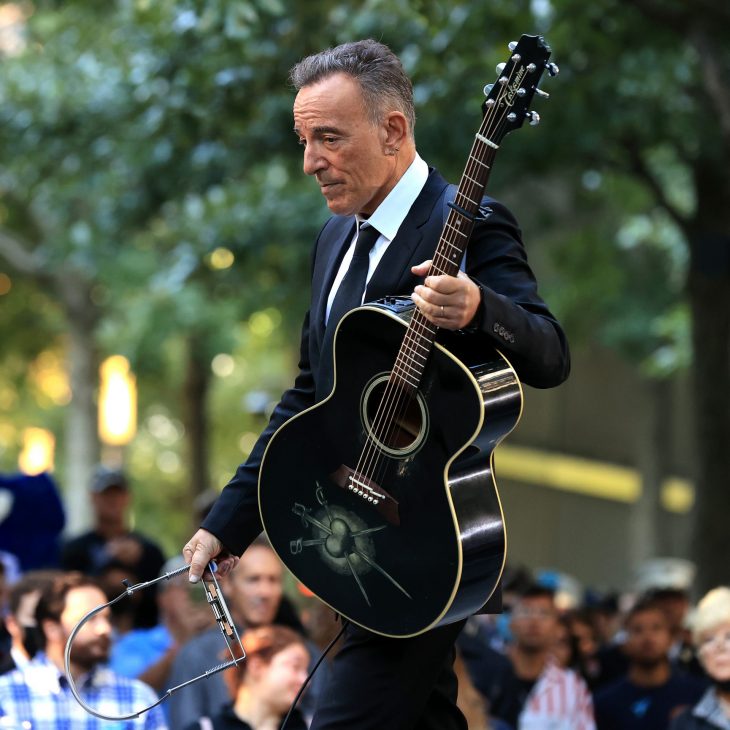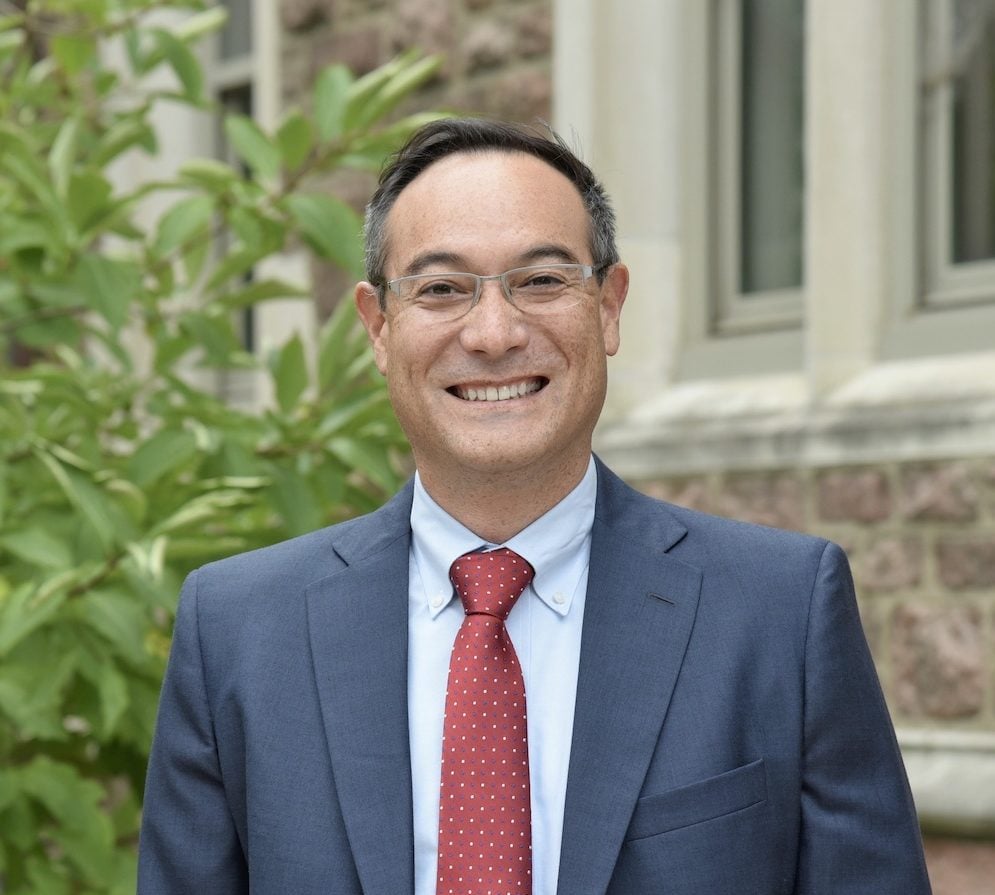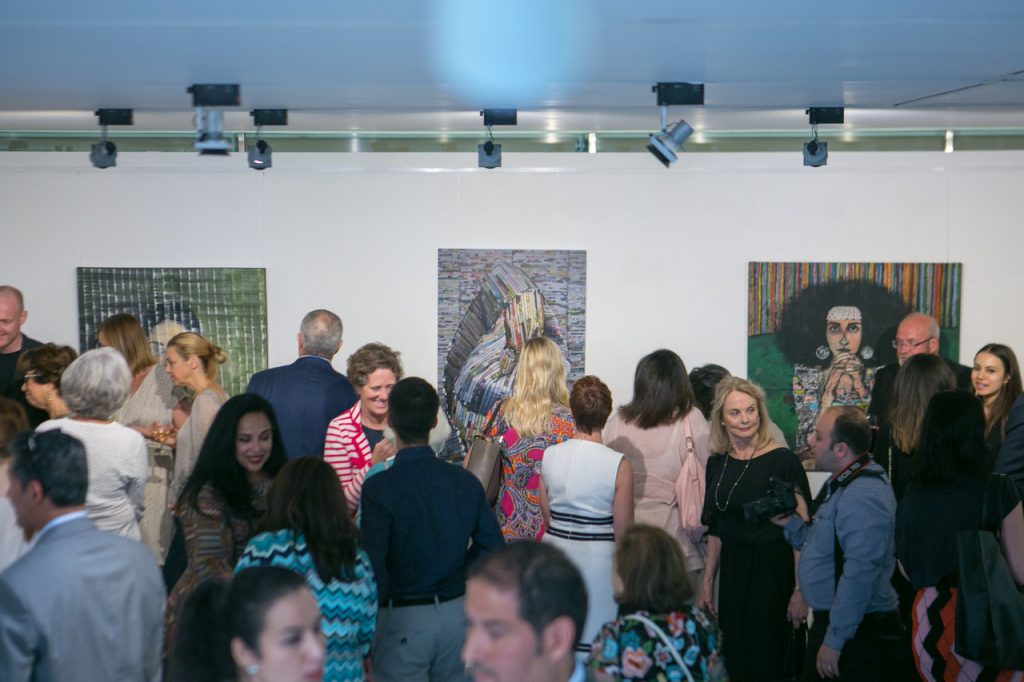Bruce Springsteen and a Middle that Imagines All of Us
February 11, 2021

For many of us, watching the Super Bowl is a tradition less about the love of the game, but more for the love of watching some of the most expensive ads made for TV. Each year one ad generates more conversation, and sometimes more controversy, than all others. In keeping with this tradition, this year (2021) did not disappoint, or maybe it did. I give you: Bruce Springsteen’s The Middle.
Admittedly, I wanted to be moved by Springsteen’s poignant narration of the current state of our union. I yearned for a message of unity that would lead us to a path of reunion across lines of racial, religious, and political polarization. Unfortunately, the vision that Springsteen and Jeep painted leaves little room for the creative nuances of my life and family.
“There’s a chapel in Kansas standing on the exact center of the Lower 48. It never closes. All are more than welcome to come to meet here — in the middle.” Springsteen begins with an invitation. I imagined myself accepting this invitation, showing up to meet in the middle, me with my hunter green hijab framed face, a plate of Maqlooba in hand, entering this church alongside my racially mixed husband and children. Would we be welcome there? Would there be a place for us to stand facing east for our prayer? Would we be safe from the sometimes muttered, sometimes yelled sentiments of “go back to your country” that we have grown accustomed to? After all, Springsteen’s middle is a Christian chapel, in a real town, named Lebanon, Kansas.
I continued to watch, looking for signs of America’s rich cultural, religious, and racial diversity in Springsteen’s story of America. As the screen showed me image after image of middle America, with a cross after cross punctuating the screen, it only confirmed what I already knew: This was not written for me. It was not written for my parents, immigrants from India who sacrificed their successful careers in the Middle East to come to America in search of better dreams for their children. This was not written for my husband’s Palestinian family who traces their roots back to a refugee camp in Lebanon. This was not written for the people who lived in my mixed-income, mostly Black neighborhood in Chicago.
“Now fear has never been the best of who we are, and as for freedom, it’s not the property of just the fortunate few, it belongs to us all. Whoever you are, wherever you’re from, it’s what connects us, and we need that connection. We need the middle.” What would it look like to expand Jeep and Springsteen’s vision of who belongs in “the middle”? The first free-standing mosque built in America, the Mother Mosque, was completed in 1934 in Cedar Rapids, Iowa, America’s geographical middle. It also happens to be the final resting place of my paternal aunt, who passed away just a few years after migrating to the United States. A part of my family’s heart and history is buried in that middle place, where we go to pay homage and remember. Also part of America’s heartland are rural communities like the Farmers of Color Network, historically Black farmers who explore innovative ways to sustain their farms and survive the economic hardship brought on by the COVID-19 pandemic. The pandemic has also taken a deep toll on Native and Indigenous communities, claiming the lives of many tribal elders and threatening the preservation of language, traditional medicine, and oral history.
“We just have to remember the very soil we stand on is common ground…” No, it is not. The soil that we stand on is the sacred ground because it carries the complicated legacy of both destruction and hope. It is a legacy that is anchored in occupation and desolation of entire nations of indigenous peoples, in the blood of enslaved people that has saturated this ground during the country’s first breath, and in the crushed dreams of historically marginalized rural and urban communities who are constantly being told to just pull themselves up by their bootstraps. It is also a legacy that gave us the possibility to create a family like mine: Indian-Irish-Palestinian in culture, Muslim in faith, and American with all its nuances. Perhaps what we need most is to reimagine the pathways to each other instead of a nostalgic vision of “the middle” that may not be a space big enough for all of America’s stories.
“Our light has always found its way through the darkness, and there’s hope on the road up ahead.” Despite his musical legacy surrounding stories of hardship, perseverance, and love across lines of class and race, Springsteen missed the mark. So instead, I invite you all. Look for us wherever you are, in the heartland or on the coasts, in inner-city neighborhoods or rural small towns. And we will look for you. Together we can build the land of hope and dreams.
This article was originally published on February 11. 2021.
Share
Related Articles



